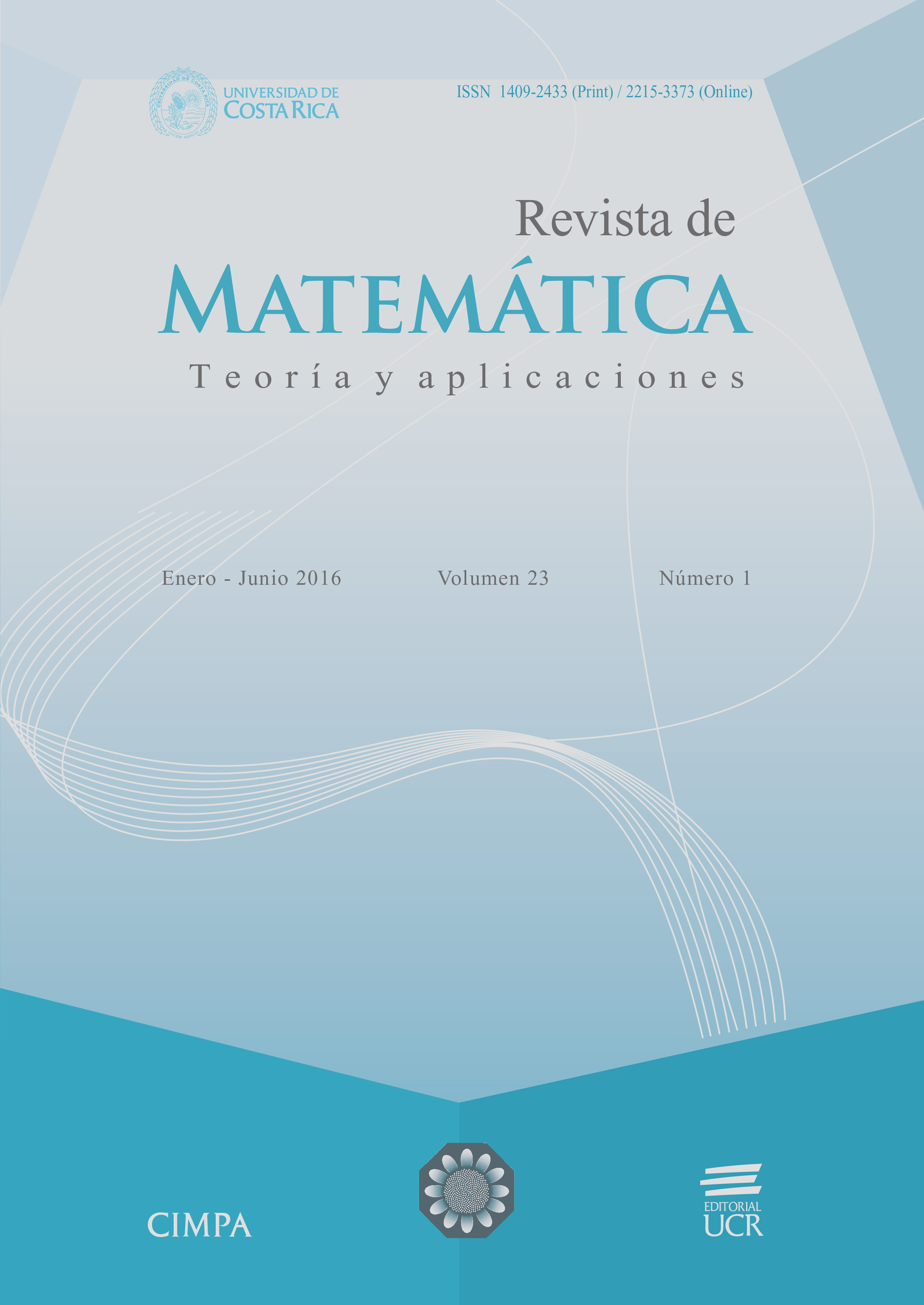Abstract
Since the 1960s, companies aim to evaluate future performance of the business management to predict the medium term, processes of gestation and installation of statements of financial vulnerability. The information contained in the financial statements of companies and the ability to analyze the evolution in time of financial ratios allows building models predicting risk of financial crisis.
This paper presents a risk prediction model based on the information contained in the financial statements of companies with public offering on the Santiago Stock Exchange and the Stock Exchange of Buenos Aires (Argentina) in the 2000s.
The financial crisis is characterized by an inability to meet payment obligations, obtaining excessive quantities of waste and in extreme situations like bankruptcy and subsequent liquidation of the company.
Until a little over a year ago, most of the work done to quantify the impact of financial ratios in business crisis apply cross-sectional models, but the construction of models for panel data (longitudinal studies) is relevant given that incorporate the temporal dimension in the study. In particular, it has been demonstrated that the mixed logistic model considered unobserved heterogeneity exceeds the performance of standard logistic model.
Both Argentina and Chile have recently applied mixed models with random coefficients to predict statements of financial vulnerability.
The results indicate that in Chilean companies, the ratio of working capital accounts for the largest proportion of heterogeneity induced correlation present data, which justifies its inclusion as random coefficient, while in the Argentine market it is profitability rate. In addition, as fixed effects, indicators best predictor of the financial crisis they are profitability ratios, rotation and debt.
It is concluded that significant ratios have discriminatory power and their behavior shows that are indicators for predicting crises.
References
Altman, E. (1968) “Financial ratios, discriminant analysis and the prediction of corporate bankruptcy”, Journal of Finance 23(4): 589–609.
Altman, E.; Haldeman, R.; Narayanan, P. (1977) “ZETA analysis: a new model to identify bankruptcy risk of corporations”, Journal of Banking and Finance 1(1): 29–54.
Altman, E.I,; Baidya, T.K.N.; Ribeiro Dias, L.M, (1979) “Assesing potential financial problems for firms in Brazil”, Journal of International Business Studies 10: 9–24.
Altman, E.; Hotchkiss, E. (2005) Corporate Financial Distress and Bankruptcy: Predict and Avoid Bankruptcy, Analyze and Invest in Distressed Debt, 3rd Ed. Wiley Finance, New York.
Beaver, W. (1966) “Financial ratios as predictors of failures”, Journal of Accounting Research, Supplement 4, Empirical Research in Accounting Selected Studies 1966: 71–111.
Beaver, W. (1968) “Alternative accounting measures as predictors of failure”, The Accounting Review 43(1): 113–122.
Caro, N.P. (2013) Evaluación de Riesgo de Crisis Financieras en Empresas Argentinas en los Periodos 1993–2000 y 2003–2010. Tesis Doctoral, Facultad de Ciencias Económicas, Universidad Nacional de Córdoba.
Caro, N.P.; Díaz, M.; Porporato, M. (2013) “Predicción de quiebras empresariales en economías emergentes: uso de un modelo logístico mixto”, Revista de Métodos Cuantitativos para la Economía y la Empresa 16: 200–
Caro, N.P. (2014) “Modelos de predicción de crisis financiera en empresas: una revisión de la literatura”, Revista Internacional Legis de Contabilidad y Auditoría 58: 135–183.
Díaz, M.; Ferrero, F.; Stimolo, M.; Caro, N. (2001) “Performance del análisis discriminante regularizado y la regresión logística en la predicción de crisis financiera”, Revista de la Sociedad Argentina de Estadística 5 (1-2), 33–45.
Jones, S.; Hensher, D.A. (2004) “Predicting firm financial distress: a mixed logit model”, The Accountig Review 79(4): 1011–1039.
Mínguez Conde, J.L. (2005) La Información Contable en la Empresa Constructora: Factores Identificativos del Fracaso Empresarial. Tesis doctoral, Universidad de Valladolid.
Mongrut Montalván, S.; Alberti Delgado, F.I.; Fuenzalida O’Shee, D.; Akamine Yamashiro, M. (2011) “Determinantes de la insolvencia empresarial en el Perú”, Academia, Revista Latinoamericana de Administración 47: 126–139; in: http://www.redalyc.org/src/inicio/ArtPdfRed.jsp?iCve=71618917009 ISSN 1012-8255, consultada 20-Feb-2014.
Pascale, R.(1988) “A multivariate model to predict firm financial problems the case of Uruguay”, Studies in Banking and Finance 7: 171–182.
Romani Chocce, G.; Aroca González, P.; Aguirre Aguirre, N.; Leiton Vega, P.; Muñoz Carrazana, J. (2002) “Modelos de clasificación y predicción de quiebra de empresas: una aplicación a empresas chilenas”, Forum Empresarial 7(1): 33–50. in: http://www.redalyc.org/pdf/631/63170102.pdf, consultada 12-Feb-2014.
Sandin, A.R.; Porporato, M. (2007) “Corporate bankruptcy prediction models applied to emerging economies. Evidence from Argentina in the years 1991–1998”, International Jorunal of Commerce and Management 17(4): 295–311.
Swanson, E.; Tybout, J. (1988) “Industrial bankruptcy determinants in Argentina”, Journal of Banking and Finance 7: 1–25.
Zurita, F. (2008) “La predicción de la insolvencia de empresas chilenas”, Economía Chilena 11(1): 93–116.





